A San Diego judge has mandated the release of 25 Chula Vista Police Department (CVPD) drone videos from March 2021, ending a four-year Legal battle led by La Prensa publisher Art Castañares. This landmark ruling, reported by CBS 8, requires California police departments to disclose certain drone footage, enhancing public oversight of drone programs.
Legal Victory for Public Access
In 2021, Castañares, a licensed pilot, requested CVPD drone footage to examine how the department used its drones, which operate from five launch sites covering 3 square miles (7.8 square kilometers) of Chula Vista.
The CVPD denied the request, claiming all footage was exempt as “investigative records” under the California Public Records Act. Castañares sued, and after a trial court initially sided with the city in 2023, the Fourth District Appeals Court ruled that blanket exemptions were invalid. The California Supreme Court upheld this decision, leading to the recent order for redacted video releases.
“This is a huge victory for access to records that have been hidden from the public for years by police departments categorizing too many records as investigative,” Castañares said.
Chula Vista’s Pioneering Drone Program
Chula Vista’s drone program, the first in the U.S. to gain Federal Aviation Administration approval for beyond-line-of-sight flights, has dispatched drones 8,883 times from January 2022 to February 2024, averaging 11 flights daily. Drones assist in emergencies, such as crime scenes, missing person searches, and disaster assessments, with 66% of flights supporting officers and 17% responding to general disturbances.

Only 21 flights led to arrests or citations, and 32% produced no written report, raising questions about operational necessity. The CVPD states drones avoid private areas like homes unless warranted by a judge or emergency, but Castañares’ lawsuit revealed concerns about unlisted “protected call types” (11% of flights).
Industry and Regulatory Implications
This ruling sets a precedent for drone programs in cities like Irvine and Beverly Hills, which use similar first-responder models. Departments can no longer withhold all footage as investigative, forcing a case-by-case Review with redactions for privacy.
“I never thought it would take four years for this case to be adjudicated, so I and anybody else from the public can look at these videos,” Castañares noted, emphasizing broader accountability.
However, law enforcement groups, like the Los Angeles County Police Chiefs Association, argue that releasing footage could strain resources and integrate with tools like facial recognition, a concern Castañares called “very 1984-ish.”
Economic and Operational Impact
The CVPD’s legal fees, potentially exceeding $1 million (USD), will be reimbursed to Castañares under state law, burdening taxpayers. Reviewing and redacting footage demands significant labor, with Chula Vista previously estimating 230 days for one employee to process a month’s videos.
This ruling empowers drone professionals and communities to demand accountability, ensuring police drone programs serve public safety without compromising privacy.
Photos courtesy of Chula Vista PD / Skydio
Discover more from DroneXL.co
Subscribe to get the latest posts sent to your email.

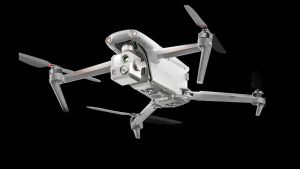


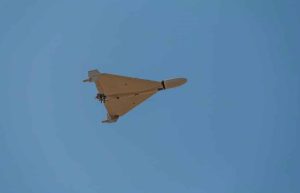

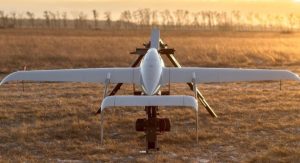
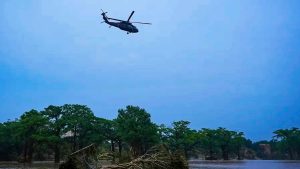

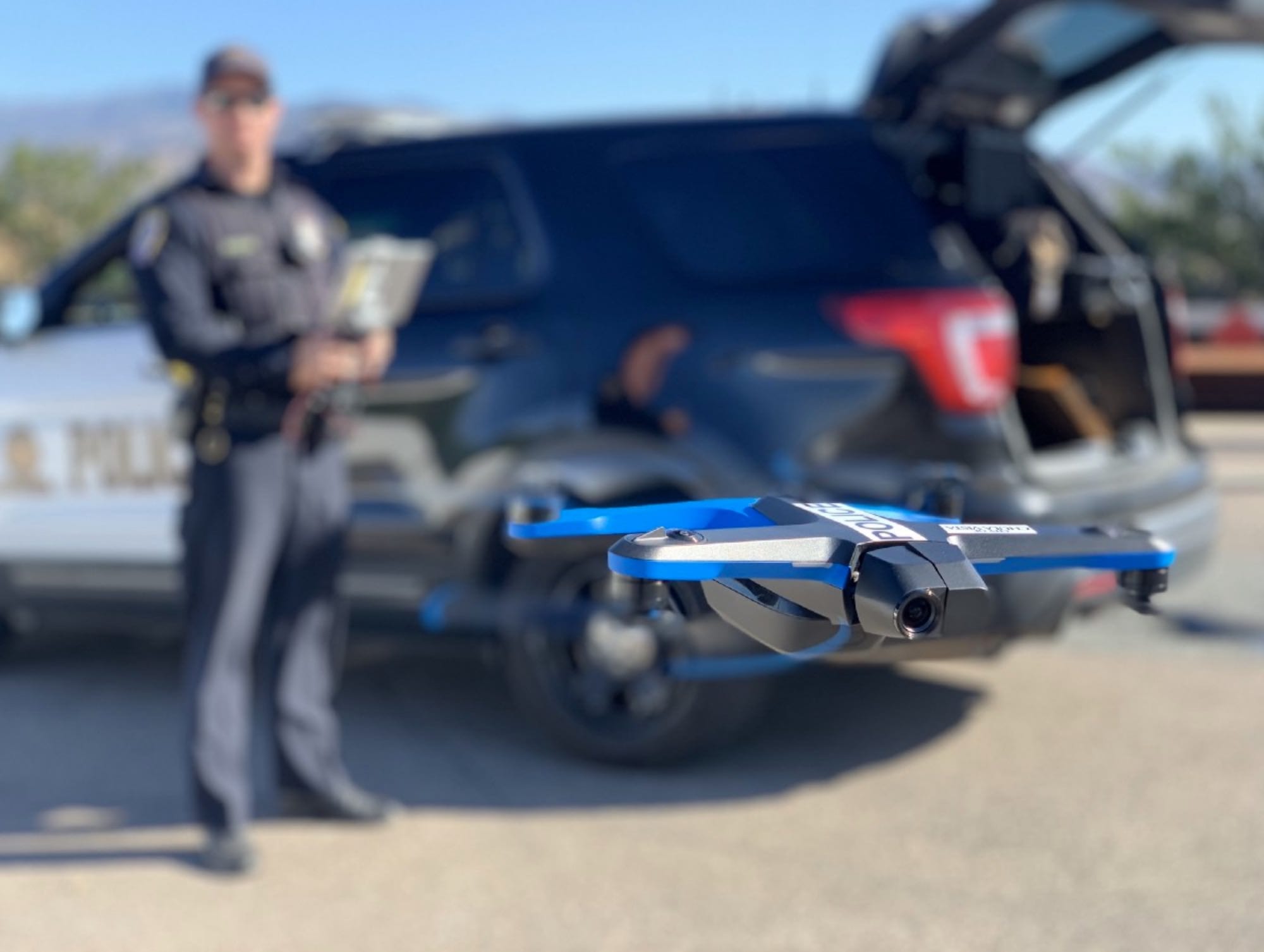
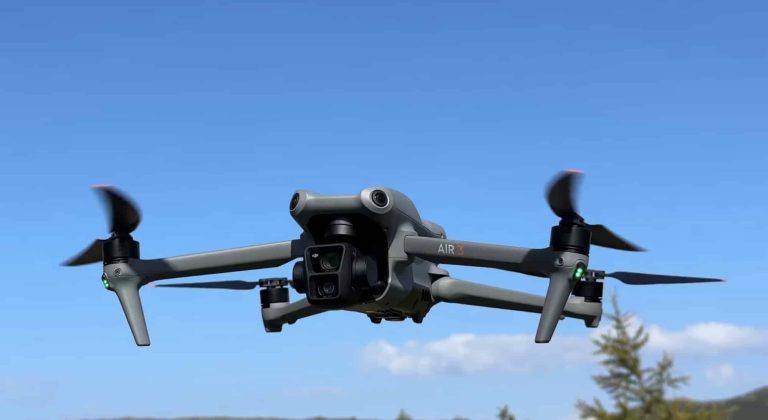
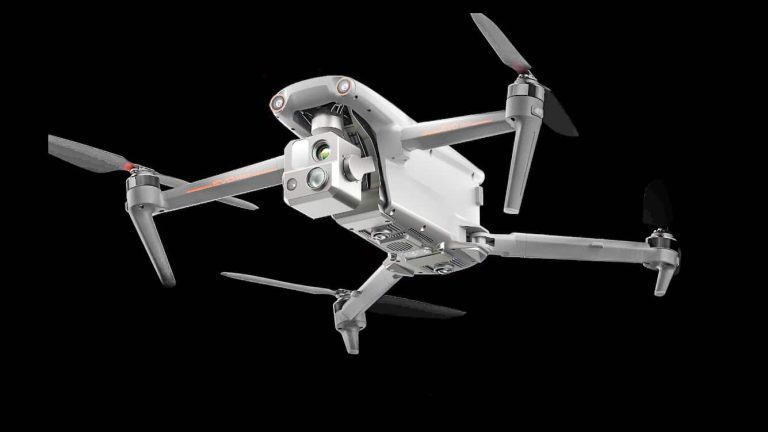
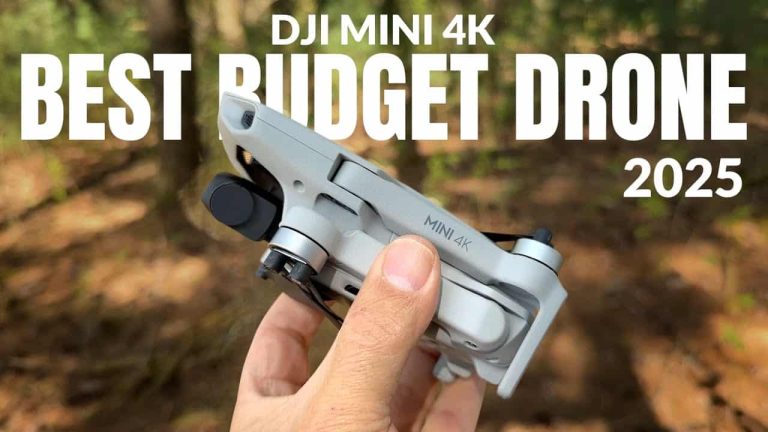

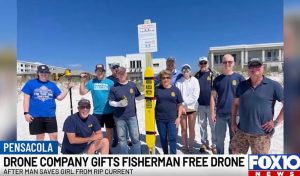
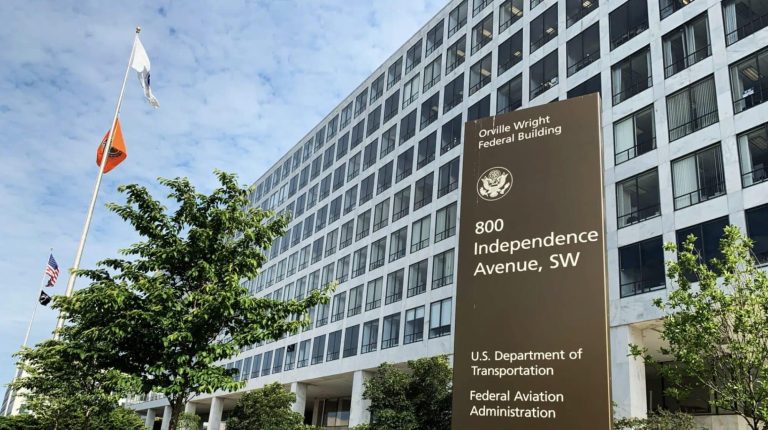
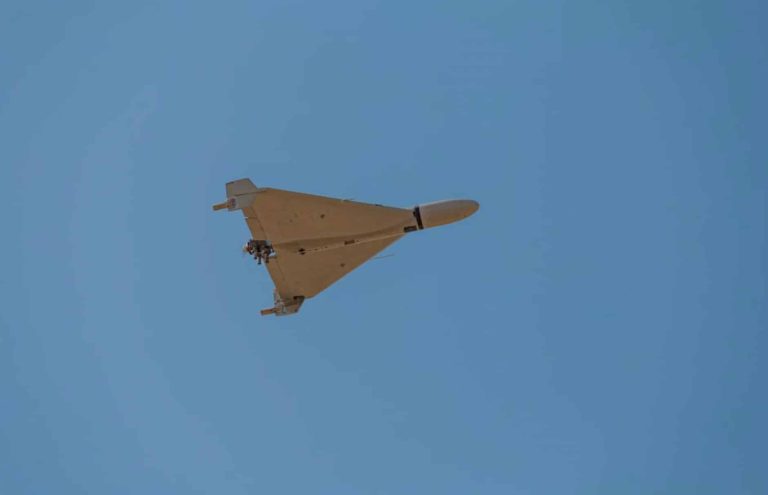

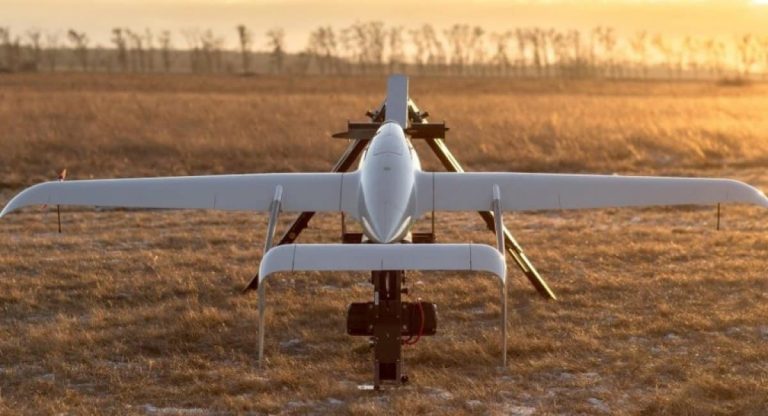
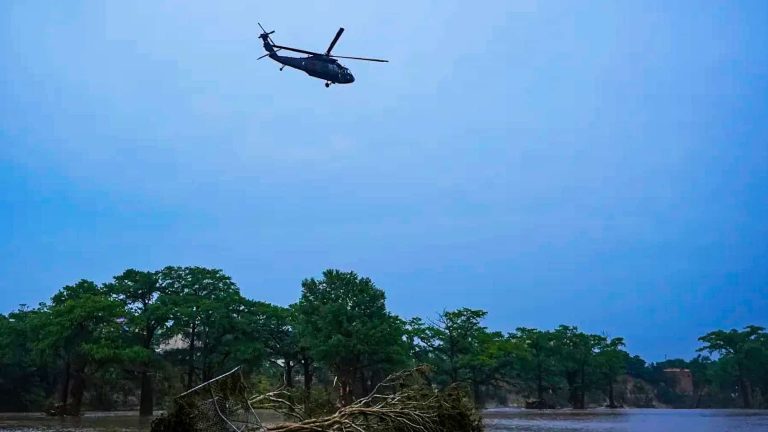
+ There are no comments
Add yours